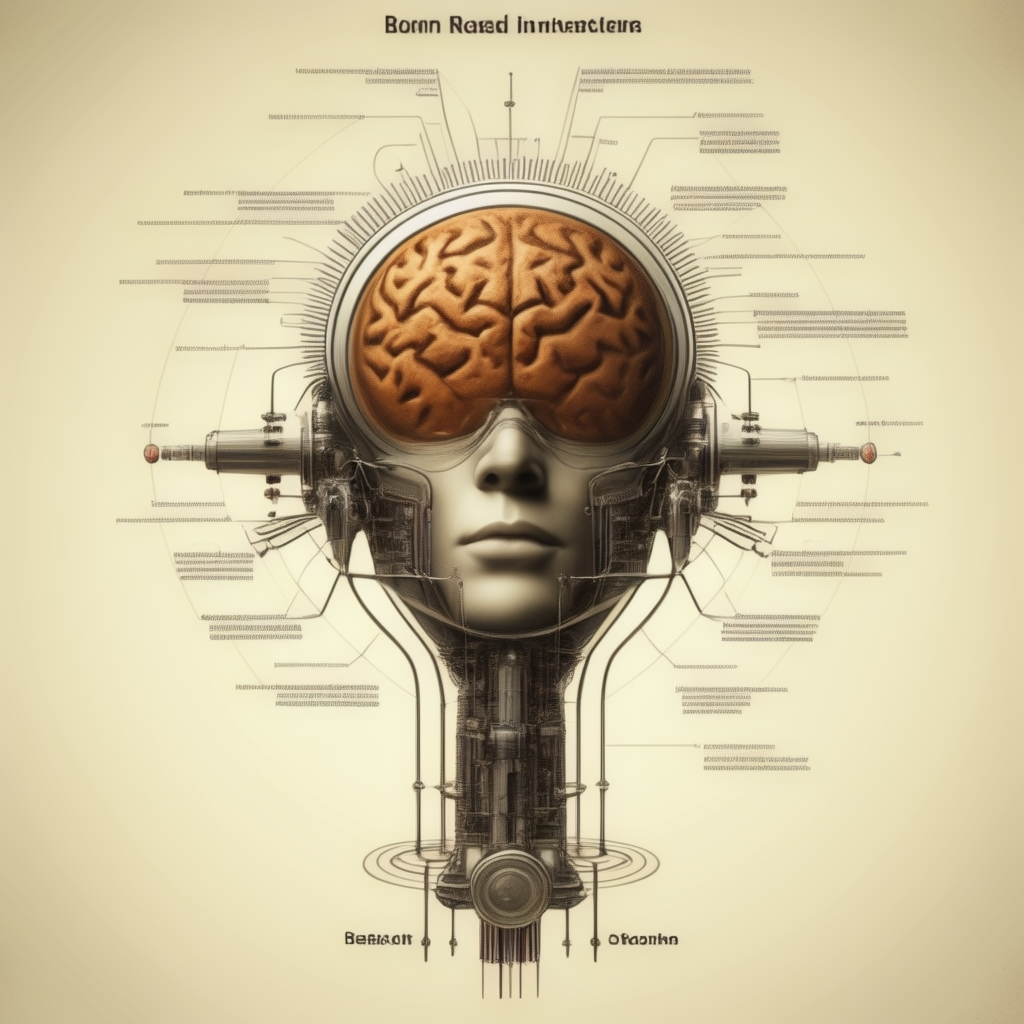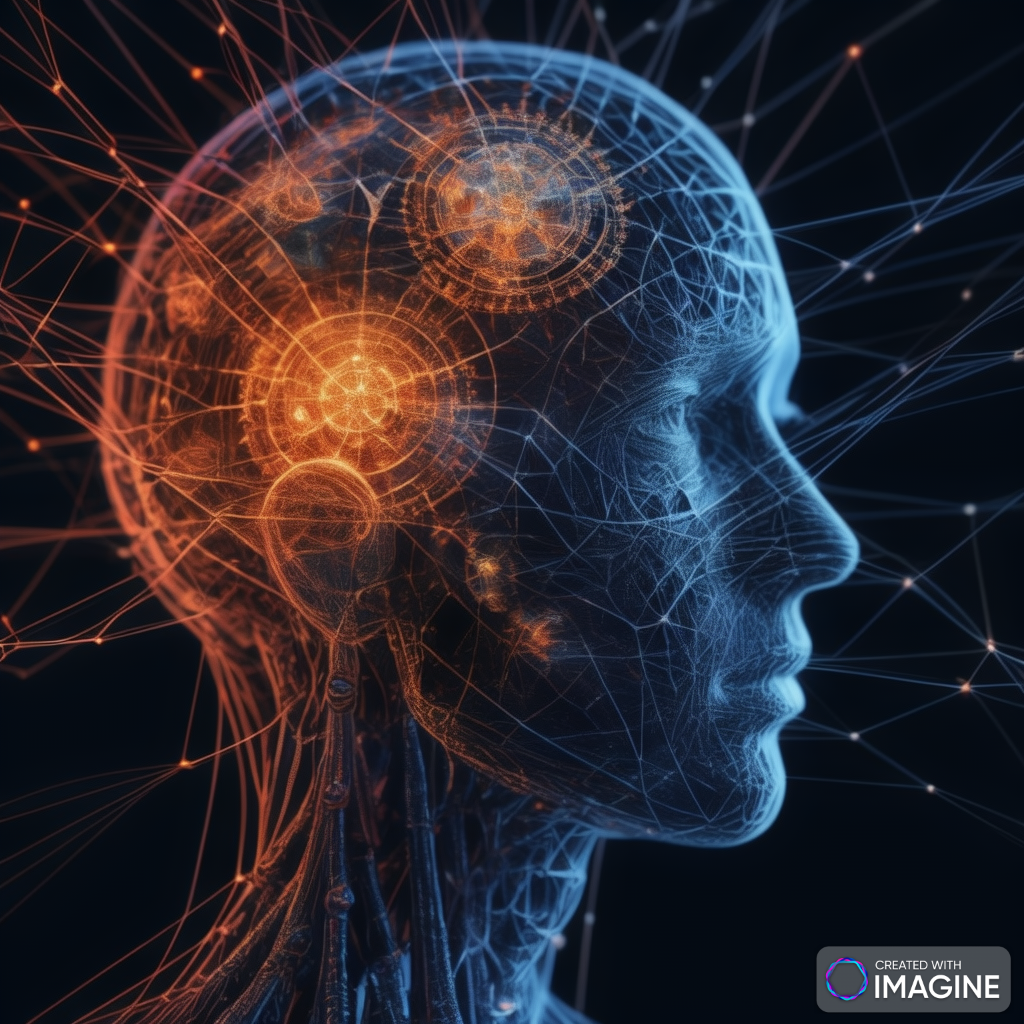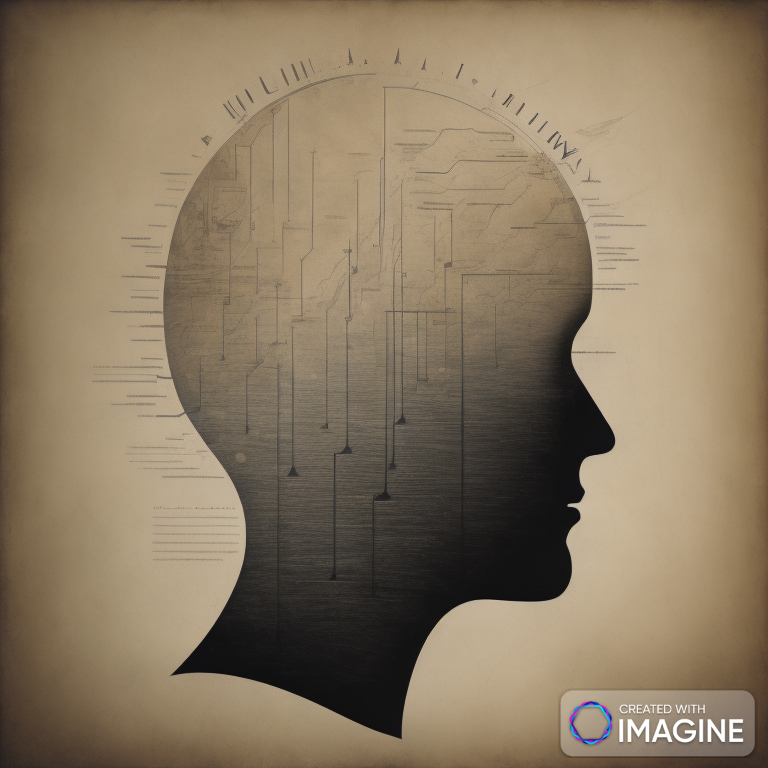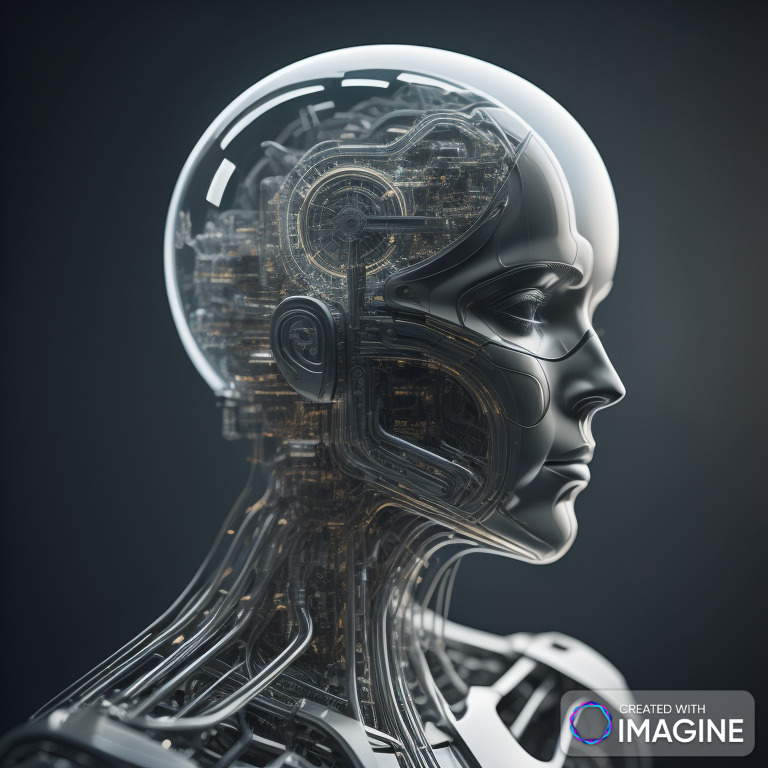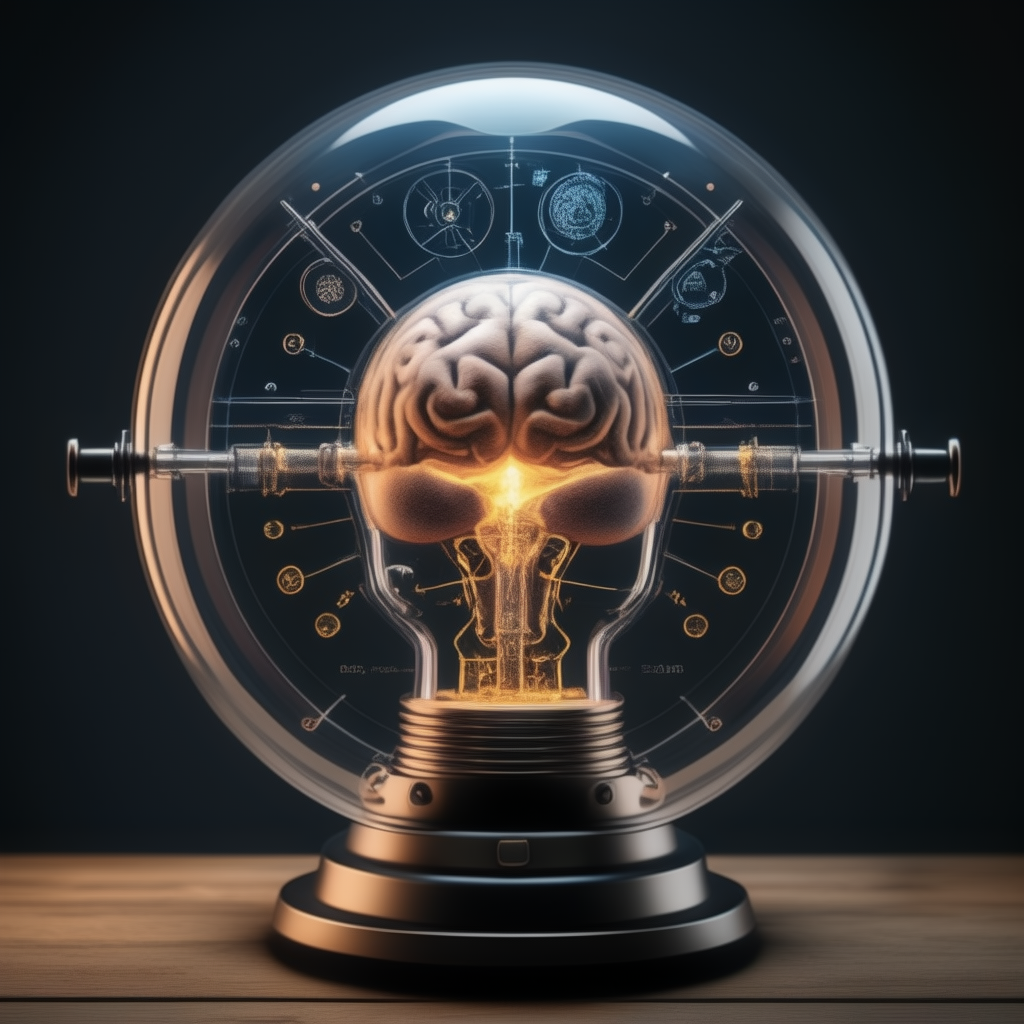Understanding Algorithms: Their Origins, Application, and Fundamentals
1. Definition of an Algorithm: An algorithm is a finite set of well-defined instructions or a step-by-step procedure for performing a task or solving a problem. Each step must be clear and unambiguous, ensuring that the task can be completed systematically.
Historical Background and Invention
2. Origins and Invention: The concept of an algorithm dates back to ancient times. The word “algorithm” comes from the name of the Persian mathematician Al-Khwarizmi, who wrote a book in the 9th century on performing arithmetic using Hindu-Arabic numerals. However, the formalization of algorithms in the context of computing is often attributed to the 20th century, with significant contributions by mathematicians and logicians such as Alan Turing and Alonzo Church.
Application in Software Development and AIML
3. Software Development: In software development, algorithms are used to implement the logic of a program. This involves:
- Problem Definition: Clearly define the problem to be solved.
- Designing the Algorithm: Develop a step-by-step procedure to solve the problem.
- Coding: Translate the algorithm into a programming language.
- Testing: Verify that the algorithm works as intended.
- Optimization: Improve the algorithm for efficiency and performance.
4. AI and Machine Learning: Algorithms in AI and ML are crucial for creating models that can learn from data and make predictions or decisions. Common algorithms include:
- Supervised Learning Algorithms: Such as linear regression, decision trees, and neural networks.
- Unsupervised Learning Algorithms: Such as k-means clustering and principal component analysis.
- Reinforcement Learning Algorithms: Such as Q-learning and deep Q-networks.
Human Cognition and Algorithmic Thinking
5. Step-by-Step Processes in Daily Life: Humans perform many tasks using unconscious algorithms. For example:
- Driving: Involves steps like starting the engine, checking mirrors, accelerating, and braking.
- Cooking: Involves steps like preparing ingredients, cooking, and serving.
Paying attention to these steps can improve efficiency and clarity, similar to how an algorithm makes a computer program more efficient.
Fundamentals of Algorithms
6. Key Characteristics:
- Finiteness: Algorithms must have a clear stopping point.
- Definiteness: Each step must be precisely defined.
- Input: Algorithms take zero or more inputs.
- Output: Algorithms produce one or more outputs.
- Effectiveness: Each step must be basic enough to be carried out, in principle, by a human using a pencil and paper.
Knowledge and Skills Required
7. Necessary Knowledge:
- Mathematics: Understanding of mathematical concepts is crucial.
- Programming: Proficiency in one or more programming languages.
- Data Structures: Knowledge of how data can be organized and manipulated.
8. Required Skills:
- Analytical Thinking: Ability to break down complex problems.
- Logical Reasoning: Ability to follow a sequence of steps logically.
- Problem-Solving: Creativity and persistence in finding solutions.
Mindset and Thought Process
9. The Algorithmic Mindset:
- Precision: Be precise in defining steps and expected outcomes.
- Clarity: Ensure that each step is clear and unambiguous.
- Efficiency: Aim for the most efficient way to achieve the desired outcome.
- Iteration: Be prepared to refine and improve the algorithm through iteration and testing.
Exploring Algorithms: Comprehensive Insights and Their Impact
1. Broader Definition and Concepts: An algorithm is a systematic approach used to describe a method or process for solving a specific problem through a sequence of clearly defined instructions. It acts as a blueprint for solving tasks, ensuring that each step leads logically to the next until a solution is reached.
Historical Context and Development
2. Early Algorithms: Before the formalized concept, ancient civilizations utilized algorithmic thinking. For instance, Euclid’s algorithm for computing the greatest common divisor dates back to ancient Greece and exemplifies the early use of systematic procedures.
3. Evolution in Modern Times: During the 19th century, Ada Lovelace worked on Charles Babbage’s Analytical Engine, writing what is considered the first algorithm intended for a machine. This marked a pivotal moment in the development of algorithms.
Detailed Application in Software Engineering and AI/ML
4. Algorithm Design in Software:
- Pseudocode: Writing algorithms in pseudocode helps bridge the gap between human logic and programming language syntax.
- Algorithm Libraries: Utilizing existing algorithm libraries can expedite development and ensure reliability.
- Algorithm Analysis: Understanding time complexity (Big O notation) and space complexity to evaluate performance.
5. AI/ML Specifics:
- Training and Testing: In AI, algorithms are used to train models on datasets and subsequently test their accuracy and performance.
- Hyperparameter Tuning: Involves adjusting algorithm parameters to improve model performance.
- Ensemble Methods: Combining multiple algorithms to improve prediction accuracy and robustness, such as in random forests or boosting methods.
Human Cognition and Algorithmic Analogies
6. Everyday Task Analysis:
- Routine Optimization: By consciously analyzing routine tasks, one can identify steps to eliminate inefficiencies.
- Habit Formation: Breaking down habits into algorithms can help in creating or modifying behaviors systematically.
Core Principles of Algorithms
7. Advanced Characteristics:
- Correctness: Ensuring that the algorithm produces the correct output for all possible inputs.
- Robustness: Ability to handle unexpected inputs or errors gracefully.
- Generality: The algorithm should be applicable to a broad range of problems, not just the specific instance.
Advanced Knowledge and Skill Sets
8. Specialized Knowledge:
- Algorithm Paradigms: Understanding different paradigms such as divide and conquer, dynamic programming, and greedy algorithms.
- Algorithm Optimization: Techniques for optimizing algorithms, such as memoization and iterative refinement.
9. Enhanced Skills:
- Abstract Thinking: Ability to conceptualize problems at a high level before diving into details.
- Algorithm Implementation: Translating algorithm designs into efficient, executable code.
- Critical Evaluation: Analyzing and comparing multiple algorithms to choose the most suitable one for a given problem.
Mindset and Analytical Approaches
10. Analytical Approach:
- Detail Orientation: Focusing on fine details to ensure every aspect of the algorithm is covered.
- Persistence: Iteratively refining the algorithm to handle edge cases and improve efficiency.
- Innovative Thinking: Looking for novel ways to approach and solve problems algorithmically.
Practical Applications and Use Cases
11. Real-World Examples:
- Search Engines: Algorithms like PageRank used by Google to rank web pages.
- Recommendation Systems: Collaborative filtering and content-based filtering algorithms used by platforms like Netflix and Amazon.
- Robotics: Pathfinding algorithms like A* for navigation and task planning.
Algorithmic Theory and Research
12. Theoretical Foundations:
- Computational Complexity: Study of the resources required for an algorithm to solve a problem.
- Algorithmic Information Theory: Investigating the complexity of strings and the limits of algorithmic compressibility.
Modern Algorithmic Challenges
13. Addressing Challenges:
- Big Data: Developing algorithms capable of processing vast amounts of data efficiently.
- Quantum Computing: Exploring how algorithms can leverage quantum mechanics for potentially exponential speedups.
14. Future Trends:
- Bioinformatics: Algorithms for analyzing genetic data and understanding biological processes.
- Autonomous Systems: Algorithms that enable autonomous vehicles and drones to navigate and make decisions in real-time.
Comprehensive Exploration of Algorithms: Perspectives from Neuroscience, Medicine, and Science
1. Neuroscience and Cognitive Perspectives:
- Brain Function and Decision Making:
- Cognitive Load: The human brain has a limited capacity for processing information at any given time. When overwhelmed, it tends to skip steps to reduce cognitive load.
- Heuristics: The brain uses mental shortcuts or heuristics to make decisions quickly, often bypassing detailed step-by-step reasoning.
- Prefrontal Cortex Role: The prefrontal cortex, responsible for planning and complex behaviors, orchestrates sequential thinking. Its limitations can result in missing intermediate steps.
- Memory and Attention:
- Working Memory Constraints: The capacity of working memory is limited, making it challenging to hold and process multiple steps simultaneously.
- Attention Span: Short attention spans lead to difficulties in maintaining focus on each step, especially in lengthy processes.
2. Medical and Health Insights:
- Neurological Disorders:
- ADHD: Attention-deficit/hyperactivity disorder can disrupt sequential thinking and task completion.
- Executive Dysfunction: Conditions like traumatic brain injuries or stroke can impair the brain’s ability to manage step-by-step processes.
- Mental Health:
- Stress and Anxiety: High stress levels can impair cognitive functions, leading to skipped steps or errors in execution.
- Sleep Deprivation: Lack of sleep negatively impacts attention, memory, and executive function, all critical for following detailed procedures.
3. Scientific and Evolutionary Perspectives:
- Evolutionary Background:
- Survival Instincts: Evolution has favored quick decision-making for survival, often prioritizing speed over accuracy.
- Pattern Recognition: Humans have evolved to recognize patterns quickly, which sometimes leads to overlooking detailed steps.
- Genetic Factors:
- Inherited Traits: Genetic predispositions can influence cognitive abilities, attention span, and memory capacity, affecting one’s ability to follow detailed steps.
- Neurological Variability: Genetic differences result in variations in neural circuitry, impacting sequential thinking and processing.
4. Root Causes of Step-Skipping Behavior:
- Complexity of Tasks:
- Task Overload: Complex tasks can overwhelm cognitive resources, leading to step-skipping as a coping mechanism.
- Multitasking: Attempting to juggle multiple tasks can dilute focus, causing intermediate steps to be missed.
- Habitual Behavior:
- Automaticity: Frequently performed tasks become automatic, reducing conscious awareness of each step and increasing the likelihood of skipping steps.
5. Best Possible Solutions:
- Cognitive Training:
- Mindfulness Practices: Mindfulness can enhance attention and focus, improving step-by-step task completion.
- Brain Exercises: Engaging in activities that challenge memory and executive functions can enhance cognitive processing.
- Task Management:
- Breaking Down Tasks: Dividing tasks into smaller, manageable chunks can help maintain focus and ensure all steps are followed.
- Checklists and Tools: Utilizing checklists and organizational tools can provide external structure and reduce the likelihood of missing steps.
- Environmental Adjustments:
- Minimizing Distractions: Creating a focused environment can help maintain attention on the task at hand.
- Scheduled Breaks: Regular breaks can prevent cognitive overload and improve overall task performance.
6. Applications in AI and Machine Learning:
- Algorithm Optimization:
- Sequential Models: In AI, sequential models like recurrent neural networks (RNNs) and long short-term memory (LSTM) networks are designed to handle data with inherent order and dependencies.
- Step-by-Step Training: Training algorithms with reinforcement learning encourages adherence to sequential steps by rewarding stepwise progression.
- Medical Algorithms:
- Diagnostic Tools: Medical algorithms can assist in diagnosing diseases by systematically analyzing symptoms and patient data.
- Treatment Plans: Algorithms help in creating detailed treatment plans, ensuring that no step in patient care is overlooked.
7. Future Directions:
- Neurotechnology:
- Brain-Computer Interfaces (BCIs): BCIs could enhance cognitive functions by providing direct interfaces for brain activity monitoring and feedback.
- Neurofeedback: Techniques that provide real-time feedback on brain activity can help individuals improve their focus and task completion.
- Artificial Intelligence:
- Explainable AI (XAI): Developing AI systems that can explain their step-by-step processes can help in understanding and improving human-algorithm interactions.
- Adaptive Algorithms: Creating adaptive algorithms that can learn and adjust based on user behavior can improve task management and efficiency.
Conclusion
Understanding and improving step-by-step processes involve a multidisciplinary approach, incorporating insights from neuroscience, medicine, evolutionary biology, and cognitive science. By addressing the root causes of step-skipping behavior and implementing targeted solutions, we can enhance our ability to follow detailed procedures. This understanding is not only crucial for human cognition and daily tasks but also for the development of advanced algorithms in software development and AI/ML, ensuring accuracy, efficiency, and reliability.
The expansive and dynamic field of algorithms is integral to technological advancement and everyday efficiency. By delving deeper into the principles, historical context, and practical applications, one can appreciate the profound impact algorithms have on various domains. Mastery of algorithms requires a blend of theoretical knowledge, practical skills, and an innovative mindset geared towards solving complex problems systematically.
Algorithms are fundamental to both human activities and computational processes. By understanding and applying the principles of algorithms, we can improve our efficiency in everyday tasks and solve complex problems in software development and AI/ML. The key to mastering algorithms lies in cultivating a mindset that values precision, clarity, efficiency, and continuous improvement.

